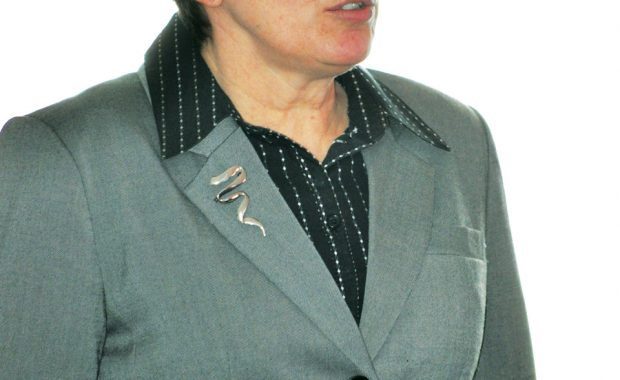BARRY’S BAY – Who pays for what? Where do we draw the line?
Those were the questions presented by Madawaska Valley Township resident Kim Love to the March 18 water, wastewater and waste management meeting.
She was talking about the septage receiving station, a unit which was meant to accept waste from septic tanks but will likely remain dormant for some time, if not forever.
It was added to the wastewater plant when it was upgraded several years ago.
The township received just over 94 per cent provincial and federal grants for the upgrade of the wastewater plant. Council of the day decided to add a septage-receiving unit to comply with what they thought was upcoming legislation that would require municipalities to offer this service to rural residents.
But, that legislation has not come to fruition, allowing septic users to continue disposing their septage on fields. It is a cheaper alternative then it would be to have septic waste processed in a wastewater plant.
To date, the capital cost of the septage unit has not been paid for.
Several months ago, Love approached the committee and suggested that the 3,050 people on septic units pay for only the capital cost. It would work out to be a one-time fee of around $4.
Village residents on sewage complained this would not be fair to them, because there were costs associated with upgrading the wastewater plant to accommodate the septage receiving station.
So, Gary Scandlan, an economist from Watson and Associates, was brought in for his perspective.
He gave council two options, including getting septic tank owners to pay 26.6 per cent of all debt, which would translate to $4.34 per year. Alternatively, Scandlan suggested septic owners pay 26.6 per cent of all operating and debt, which would translate in to $44.93 per year.
Love, who attended Scandlan’s presentation, said she had a concern with his numbers and wanted to provide council with another option.
Her first concern was that the economist’s numbers were based on billable annual wastewater volumes.
“Which means that’s the amount of wastewater that was billed for,” she said.
Since there are leaks in the system, not all the water is billed; in fact, she said 42,148 cubic metres of water is not billed for.
“That’s almost as much as you are asking your septage customers to pay for,” Love explained.
Scandlan’s numbers should be based on what is actually billed for, not what is being processed, Love suggested.
Get your March 26, 2014 edition of The Valley Gazette to read this full story.
